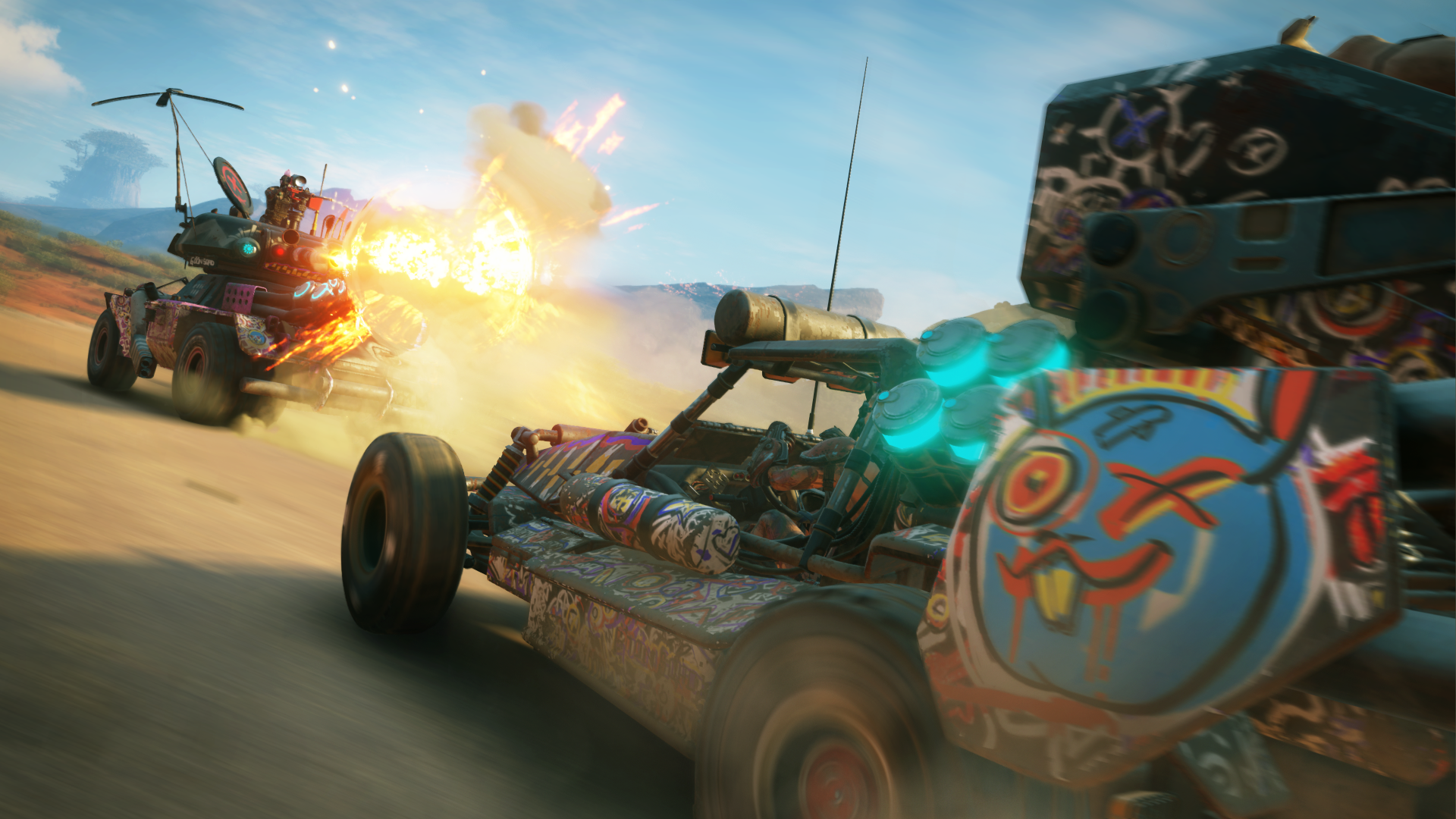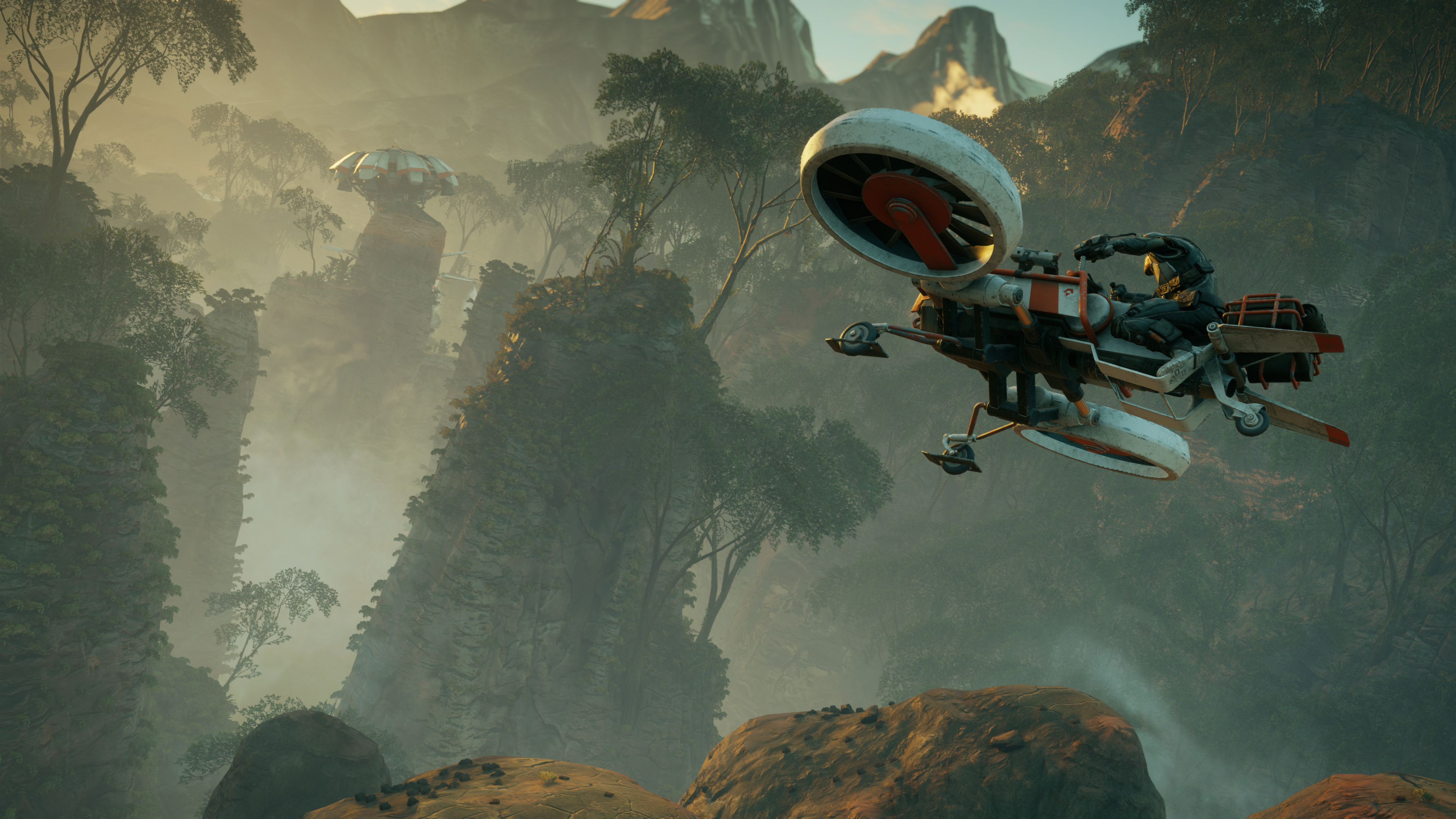Recently, I finished Rage 2. I set out in the game with the hope that it would deliver something reminiscent of the magnificence of Doom while drawing some of the enjoyable open-world aspects of an Avalanche developed game. I thought, at the very least, it would be a logical progression from the original Rage since that game was a product of the early days of open-world first-person shooters. However, what I experienced was active regression and a design that felt like complete mismanagement of the genre.
Open-world games have become common since the hardware was able to accommodate them. While the concept has been a staple of games for many decades now, the use in the realm of 3D games has been a more recent achievement. These games can deliver a lot of variety in environmental design and gameplay, offering the player the freedom to go and do as they please, but they can also lead to a sense of aimlessness. Many modern open world games have achieved the lofty goal being able to convey that perspective of freedom while still keeping the game cohesive enough for players to feel involved and invested. Rage 2 managed to fail both at giving the player focus and somehow also limited the genre-defining sense of freedom.
Rage 2 did have great combat. It kicks you off successfully with solid gunplay and useful skills and starting, and it puts you on a path that seems pretty fun. Blasting away at enemies gives just enough of that Doom feel that it has you clamoring for the next base for more. In fact, if Rage sent you down the road and into the next bout of gunfights with the same brevity outside of combat as id Software’s previous title, the game would probably work out well. However, you’re immediately slowed down by the need to search each base for hidden crates to properly power up your character. Then when you finally finish that boring endeavor, you’re back to the map to try and determine where to go next – and this is where Rage 2 hits it’s open-world problem.
Where do you go next? It seems like a simple question to answer in most open-world games, but here we have a problem. In order to unlock more abilities and sometimes weapons, you have to track down Arks that your character unlocks. The first ones are marked on your map, easy to find, and on your way to the main objective. For some reason, the developers decided it would be best to hide the rest throughout the map. It’s possible to track them visually with temporary markers across the sky, but the game doesn’t really inspire you to do this. Open-world games succeed by putting important things like weapons and abilities on the path that the player would naturally follow. It’s hard to imagine an action-based first-person shooter where you can easily finish the game having half of the weapons and abilities – but that’s what happened to me with Rage 2.
The issue with Rage 2’s open-world game design isn’t that you can do the main quests in whatever order you want. The problem is that I went through the main quests and even spent quite a bit of time doing side quests, but only found part of the stuff that the game shows off in trailers. Of course, I could have ventured off and found all of these items, but the limited challenge and monotony of clearing enemy bases made the proposition of more (by that point) tiresome combat very unappealing.
Rather than giving the player a natural sense of progression in building up strength, taking on tougher enemies, and unlocking new weapons and abilities to make that possible, I just plowed through the handful of enemy types using two main weapons. The end result was an open-world game that used the game design technique to do nothing but put space between the missions. Rage 2 was left feeling like it was supposed to be a typical linear first-person shooter that was changed to an open-world game at the eleventh hour.

I don’t believe Rage 2 is an indication that the game industry is headed for open-world failures, but it is a sign that even top tier developers in the AAA industry can screw up. Genres that use open-world designs can continue to succeed if they don’t abandon the tenets that make games like GTA V, Witcher 3, and Red Dead Redemption 2 work. Giving the player freedom doesn’t mean they should have the freedom to miss key content. Going off the beaten path should be easy, but finding your way back should be as well. Giving side quests value and tying them back to the main content can do wonders for maintaining a cohesive narrative. All of this is essential, and it’s all missing in Rage 2. Hopefully, id Software and especially Avalanche can move on to future projects that redeem them from this disappointing title.





